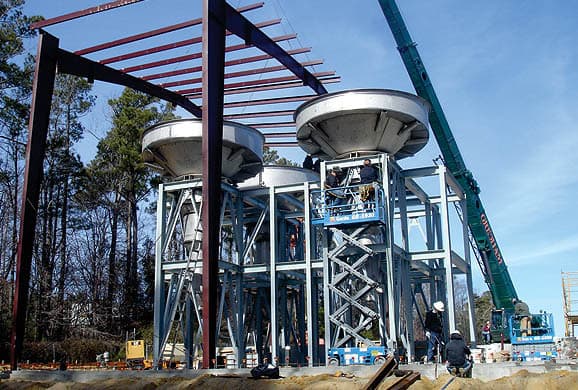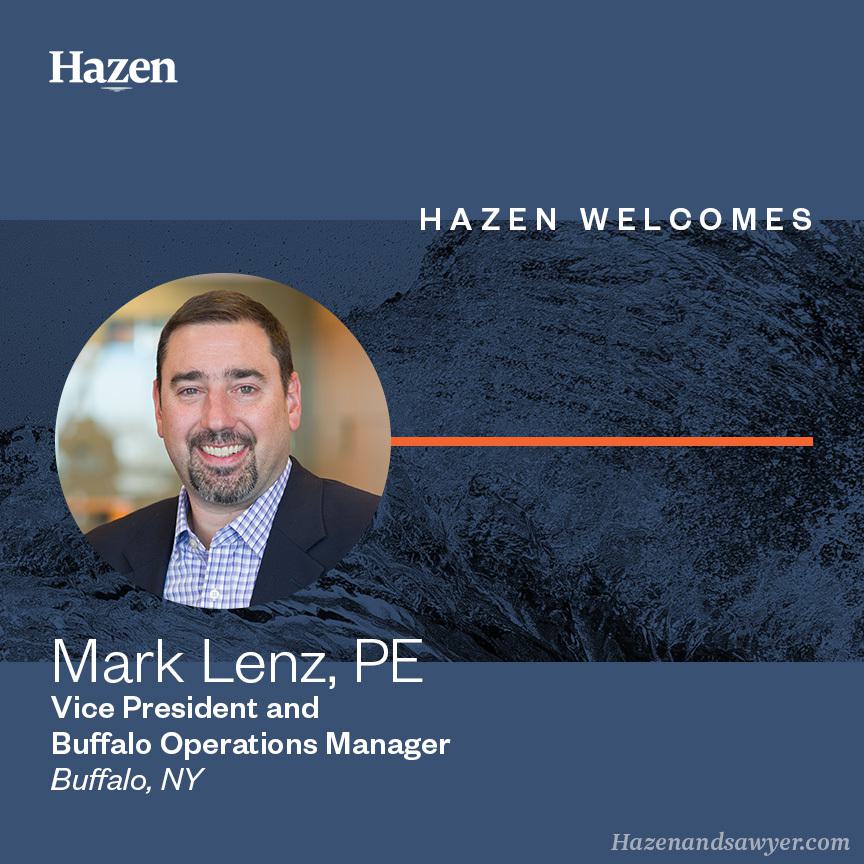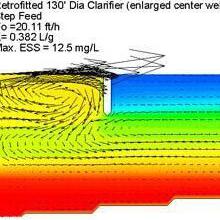Process and Economic Benefits of Sidestream Treatment

The purpose of this paper is to discuss different types of sidestream treatment for nitrogen and phosphorus removal and their benefits. Sidestreams refer to any process flow resulting from the treatment of biosolids that flows back into the liquid treatment train (i.e. centrate). Sidestream treatment is the interception and manipulation of the sidestream with a nutrient removal objective.
Generally, sidestream treatment can be categorized as follows:
1. Biological
a. Nitritation/denitritation
b. Nitritation/deammonification
c. Bioaugmentation
2. Physical/chemical
a. Ion exchange
b. Precipitation/crystallization (i.e., struvite)
Nitrogen from sidestreams can constitute 15 to 20 percent of the influent load, and phosphorus can constitute 20 to 35 percent of the influent load on a daily average basis. Typical concentrations of nitrogen and phosphorus in filtrate/centrate from plants with anaerobic digestion are as follows:
- TKN – 600 – 1200 mg/L
- Ammonia 500 – 1000 mg/L
- Orthophosphate 200 – 400 mg/L
Nutrient-rich sidestreams are returned to the liquid stream process during dewatering, increasing the influent nitrogen and phosphorus loading to the secondary process. Dewatering is typically a batch operation (i.e. a single shift on weekdays), resulting in significant nutrient peaks to the secondary process for short duration (i.e., sidestreams might be 40-percent of the influent nitrogen load and 50-percent of the phosphorus load for an 8-hour period). Capturing and treating these flows before mixing with the influent is economical in many circumstances because the concentrations are high, the temperature is warm, and the volume to treat is small.
This paper will use case studies from three recent evaluations to illustrate the economic and process benefits of sidestream treatment for nitrogen and phosphorus removal.
Key findings include:
- Converting existing infrastructure to sidestream nitrogen removal tankage increases capacity of the secondary treatment process and allows deferral of capital investments needed to meet stringent nutrient limits. (Case study at Plant A shows deferral of capital for 10 years, saving $5.5 million on a net present worth cost basis.)
- There is significant variation in operating costs among sidestream treatment alternatives. (Case study at Plant B shows sidestream biological nutrient removal costs vary from $0.39 to $1.32/lb-Nitrogen removed)
- When separate sidestream nitrogen and phosphorus removal processes are beneficial, biological processes should precede physical/chemical processes to take advantage of the warmer centrate/filtrate temperatures.
- There is significant variation in the business models and costs of struvite precipitation processes being marketed today. (Case study notes 5 vs. 17 year payback.)










